Degenerated Disc Disease
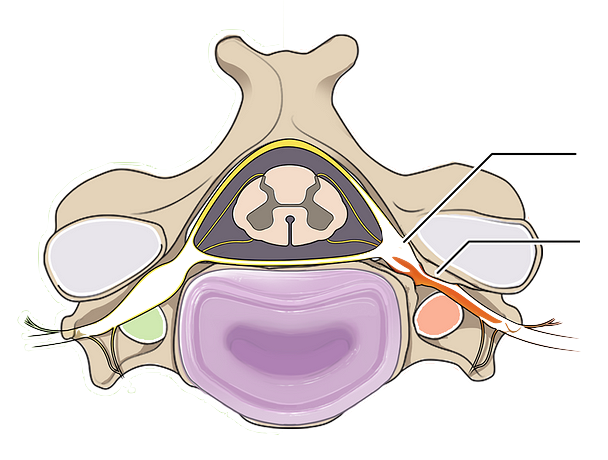
If you are experiencing pain in your neck, it is important to consult a physician to determine the cause. Many conditions can cause neck pain, one of which is cervical degenerative disc disease. Cervical DDD occurs when the discs between the vertebrae deteriorate, causing pain and stiffness. While there is no cure for cervical degenerative disc disease, there are treatments available that can help alleviate symptoms. This guide provides an overview of cervical degenerative disc disease, including its causes and treatment options.

Cervical DDD: An Introduction
Cervical degenerative disc disease is a condition that can occur when the discs in your neck begin to wear out. This process is called degeneration, and it can lead to pain, stiffness, and other symptoms.
Disc degeneration is a natural part of aging, but it can be accelerated by factors such as obesity, smoking, and repetitive motion. Degenerative disc disease is a common cause of neck pain, and it can also contribute to other conditions such as radiculopathy (nerve pain) and myelopathy (spinal cord compression).
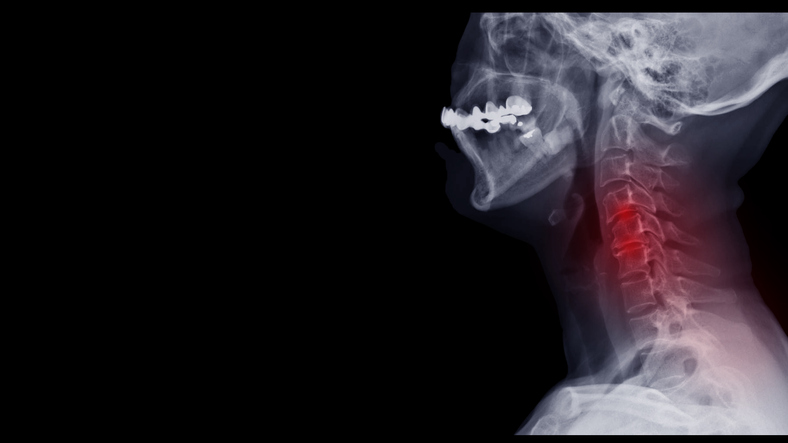
Causes of Cervical Degenerative Disc Disease
There are many causes of cervical degenerative disc disease, but the most common is aging. As we age, our discs naturally begin to deteriorate and lose their elasticity. This can lead to the development of small tears or cracks in the outer layer of the disc, allowing the inner jelly-like substance to leak out. This can cause the disc to become thinner and weaker, making it more susceptible to injury.
Other causes that support degenerative changes include:
- Trauma or injury to the neck
- Repetitive motions that put stress on the discs, such as poor posture or lifting heavy objects
- Obesity, which puts additional pressure on the discs
- Smoking, which decreases blood flow to the discs and speeds up the aging process
- Genetic factors, such as having a family history of degenerative disc disease
Symptoms of Cervical Degenerative Disc Disease
There are many potential symptoms of cervical degenerative disc disease. The most common symptom is neck pain, which can range from mild to severe. Other potential symptoms include:
– arm or shoulder pain
– numbness or tingling in the arms or hands
– headaches
– dizziness
– difficulty concentrating
– fatigue
If the disc disease is severe, it can also lead to problems with balance and walking, as well as weakness or paralysis in the arms or legs.
Most people with cervical degenerative disc disease will not experience all of these symptoms, and the severity of symptoms can vary from person to person. If you are experiencing any of these symptoms, it is important to see a doctor for a proper diagnosis.
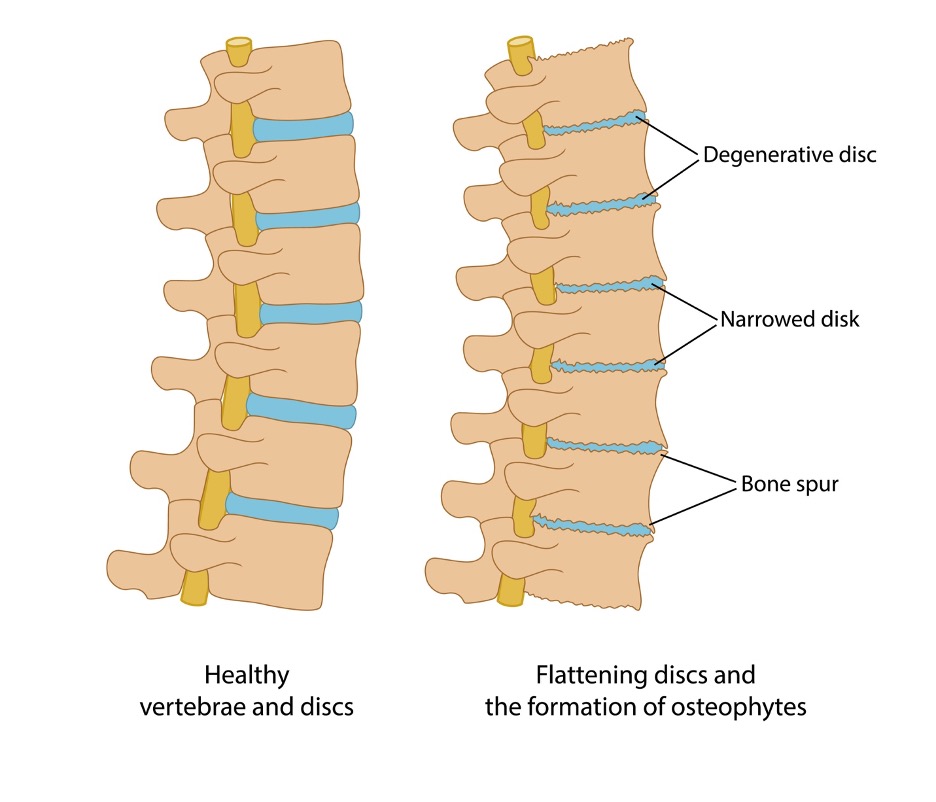
Diagnosis of Cervical Degenerative Disc Disease
There are multiple ways to diagnose cervical degenerative disc disease, but the most common is through magnetic resonance imaging (MRI). This type of diagnostic imaging can show the discs in your spine and any damage that has occurred to them. Your doctor may also order X-rays, which can show narrowing of the spaces between your vertebrae. If you have neck pain and/or arm pain, your doctor may also perform a neurological exam to check for nerve damage.
Early diagnosis and treatment of cervical degenerative disc disease is important in order to prevent further damage and pain.
If you think you may have cervical degenerative disc disease, make an appointment to see your doctor. They can help you get the proper diagnosis and treatment.
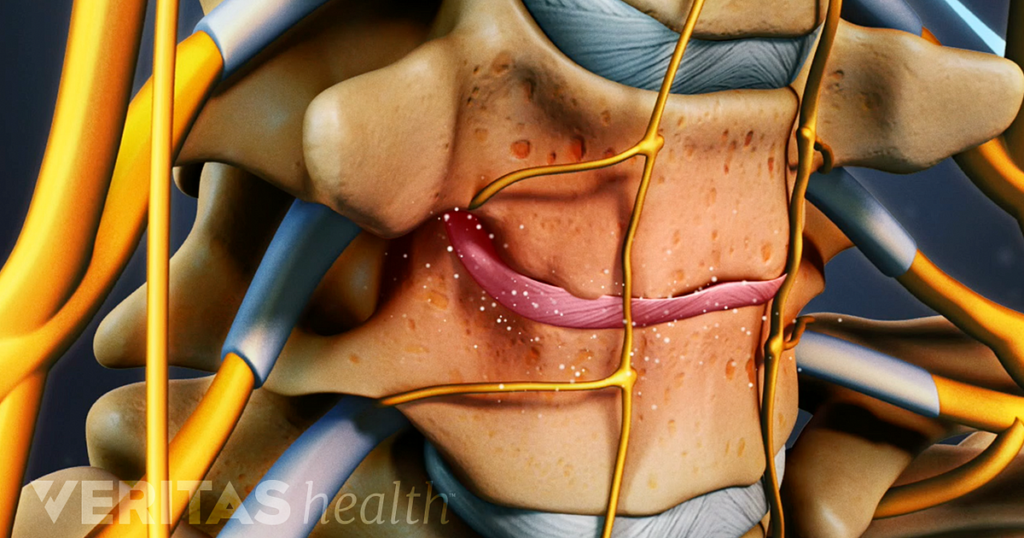
Treatment for Cervical Degenerative Disc Disease
There are multiple treatment options for cervical degenerative disc disease. For any human, services to keep the spine healthy are essential for quality of life. The goal of treatment is to relieve pain and improve function. Treatment options may include:
Activity Modification
Activity modification is often the first step in treating cervical degenerative disc disease. You may need to avoid activities that increase your pain or make your symptoms worse. You may also need to modify how you perform certain activities. For example, if lifting objects increases your pain, you may need to lift using different techniques or with help from another person.
Physical Therapy
Physical therapy may help improve your range of motion and strengthen the muscles around your spine. A physical therapist can also teach you how to safely perform activities and exercises.
Epidural steroid injections
Epidural steroid injections are a type of injection that may help relieve pain in your neck and arm. The injection is given in the space around your spinal cord. The steroid medication can help reduce inflammation and ease pain.
Nerve root blocks
A nerve root block is an injection given near the irritated or damaged nerve root. The injection may help reduce pain and inflammation.
Facet Joint injections
Facet joint injections are a type of injection given near the facet joints. The facet joints are the joints between the vertebrae in your spine. The injection may help reduce pain and inflammation.
Surgery
Surgery may be an option if other treatments haven’t helped relieve your pain or if you have neurological deficits, such as weakness or numbness in your arms or legs. Surgery is typically a last resort option.
There are several types of surgeries that can be used to treat cervical degenerative disc disease. These include:
Anterior cervical discectomy and fusion (ACDF)
This surgery involves removing the damaged disc and then fusing the vertebrae together. This helps stabilize the spine and may help relieve pain.
Posterior cervical foraminotomy
This surgery involves widening the opening in your vertebrae to take pressure off of the nerves. This can help relieve pain and improve nerve function.
Cervical artificial disc replacement
This surgery involves removing the damaged disc and replacing it with an artificial disc. This can help relieve pain and improve range of motion.
Your doctor will work with you to determine the best treatment option for you based on your symptoms, medical history, and preferences.
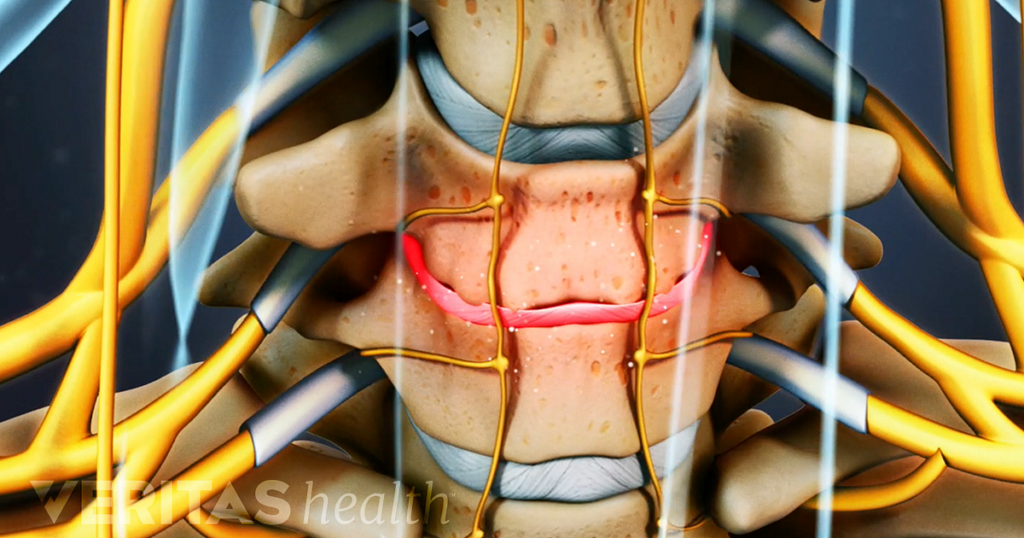
Tips to prevent Cervical Degenerative Disc Disease
Cervical degenerative disc disease is a common condition that can cause neck pain and other symptoms. While there is no sure way to prevent the condition, there are some things you can do to reduce your risk:
-Maintain good posture. Poor posture can put extra stress on the discs in your spine and lead to degeneration.
-Stay active and exercise regularly. Exercise helps keep the discs in your spine healthy and strong.
-Eat a healthy diet. A healthy diet helps to maintain the health of the discs in your spine.
-Stop smoking. Smoking can contribute to degeneration of the discs in your spine.
Risk Factors for Cervical Degenerative Disc Disease
There are several risk factors that can contribute to the development of DDD. To receive services and support to maintain or improve your health, it is important to know the risks. These include:
– Age: The discs in your spine begin to degenerate as you age. This process is accelerated by wear and tear from activities like repetitive bending and lifting.
– Gender: Women are more likely than men to develop DDD.
– Obesity: Excess weight puts extra strain on the discs in your spine, which can lead to their degeneration.
– Smoking: Cigarette smoking decreases blood flow to the discs in your spine, which accelerates their degeneration.
– Sedentary lifestyle: A sedentary lifestyle leads to weaker muscles and ligaments supporting the spine, which can contribute to DDD.
– Occupational hazards: Jobs that involve repetitive motion or heavy lifting can put extra strain on the spine and lead to DDD.
– Genetic factors: Some people are simply more prone to DDD due to their genetic makeup.
Complications associated with Cervical Degenerative DIsc Disease
Cervical degenerative disc disease (DDD) is a condition that refers to the deterioration of one or more discs in the neck. This condition can lead to a number of complications, some of which can be quite serious. Developmental disabilities, for example, can occur when the discs in the neck compress the spinal cord.
One potential complication of cervical DDD is foraminal stenosis. This occurs when the foramen, which is the opening through which nerves pass from the spinal cord to the rest of the body, becomes narrowed. This can put pressure on the nerves and lead to pain, numbness, and weakness in the arms and legs.
Another potential complication of cervical DDD is myelopathy. This occurs when the spinal cord itself becomes compressed. This can lead to problems with movement, sensation, and even bowel and bladder function.
Still another complication that can occur with cervical DDD is called radiculopathy. This occurs when the nerves that branch off of the spinal cord become compressed. This can lead to pain, numbness, and weakness in the arms and legs.
Finally, one of the most serious complications that can occur with cervical DDD is called cord compression. This occurs when the spinal cord itself becomes compressed. This can lead to paralysis, loss of feeling, and even death.
While these are some of the more serious complications that can occur with cervical DDD, it is important to remember that not everyone who has this condition will experience them. In fact, most people with cervical DDD will never have any problems whatsoever. However, it is still important to be aware of the potential complications so that you can seek treatment if necessary. If you are experiencing any of the symptoms listed above, please see your doctor right away.
Frequently Asked Questions
The best place to start is with your doctor. He or she can give you a referral to a specialist, such as a neurologist or orthopedic surgeon. You can also find more information online, from reputable sources such as the National Institute of Neurological Disorders and Stroke. Some other websites can also provide you with detailed information about the causes, symptoms, and treatment options for degenerative disc disease. Finally, you can also talk to friends or family members who may have experience with this condition. Talking to others in your community who have been through similar experiences can be a valuable way to learn more about the condition and how to manage it.
3 Ways to Level Up Your Rehab and Injury Prevention With Us





